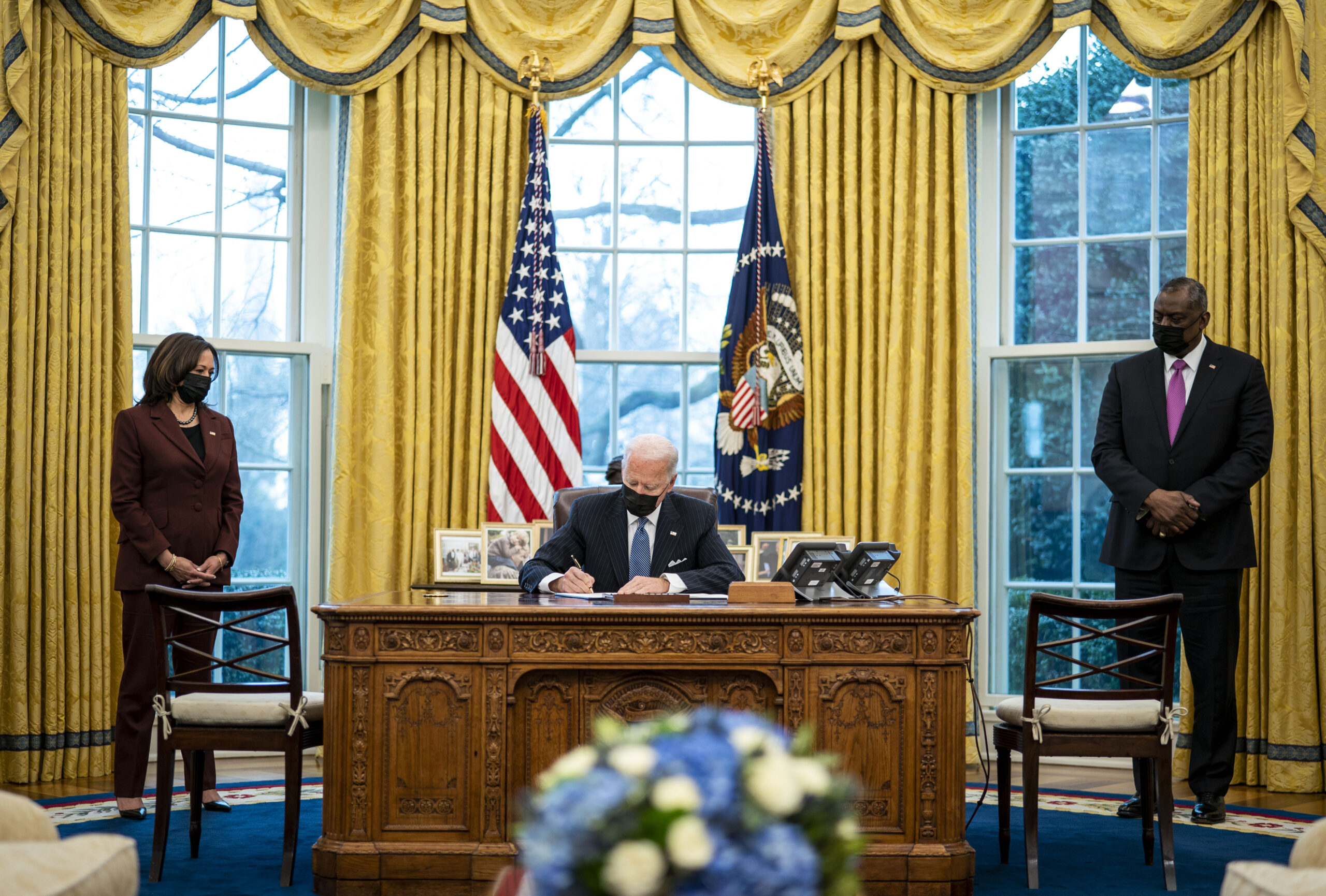Taken together, they demonstrate that the incoming administration will be responsive to complaints about the regulatory system it is inheriting while still relying on time-tested and valuable analytical techniques and processes.
The result is a savvy, pragmatic set of policies that will help the new administration navigate the tough regulatory choices that lie ahead. How this plays out in practice, is, of course, what we will all be watching to see.
The new administration grabbed headlines with early executive actions on climate, COVID-19 response, racial equity, immigration, and more. But three less heralded Inauguration Day actions are likely to be equally significant for the regulatory system as whole.
THREE EARLY EXECUTIVE ACTIONS ON REGULATORY POLICY
The first was a regulatory freeze memo from Chief of Staff Ron Klain, which temporarily stops the regulatory and guidance pipeline. The second was an executive order revoking President Trump’s signature regulatory policy orders, including Executive Order 13771, which put in place a regulatory two-for-one order and a cost-based regulatory budget, and directives on the preparation and use of guidance. The third was a presidential memorandum directing the Office of Information and Regulatory Affairs (OIRA) to modernize regulatory policy.
Each of these actions takes aim at a different time period. Revoking President Trump’s orders and other actions reaches back to uproot policies that were not aligned with the Biden-Harris Administration’s goals. The freeze memo ensures that new actions will not flow through the regulatory pipeline unless the new team agrees with them. The modernization memo, finally, is forward-looking, and as such gives the most insight into the Biden-Harris Administration’s regulatory plans.
THE MODERNIZATION MEMO, EXPLAINED
The modernization memo first affirms long-standing regulatory policy by embracing President Clinton’s Executive Order 12866. That order has been in place since 1993. It sets out principles of regulation, asks agencies to put their regulatory proposals through various analytical steps including cost-benefit analysis, and tasks OIRA with regulatory review of draft agency rules. The memo also affirms Executive Order 13563, President Obama’s signature regulatory directive, which both affirmed EO 12866 and added new provisions for more complete consideration of benefits—particularly those that are hard or impossible to quantify like human dignity—and evaluation of rules that have been issued in the past, among other provisions. What could seem like a mere reference in passing to these two orders, both of which reflect sensible policies, actually carries significant weight in the larger regulatory policy debate.
Some progressive critics of EO 12866 and of OIRA may be frustrated to see these orders retained at all. From this perspective, a return to EO 12866 reverts to a flawed process that takes too long to produce results, with major regulatory breakthroughs thwarted by political oversight of the president and his advisors.






